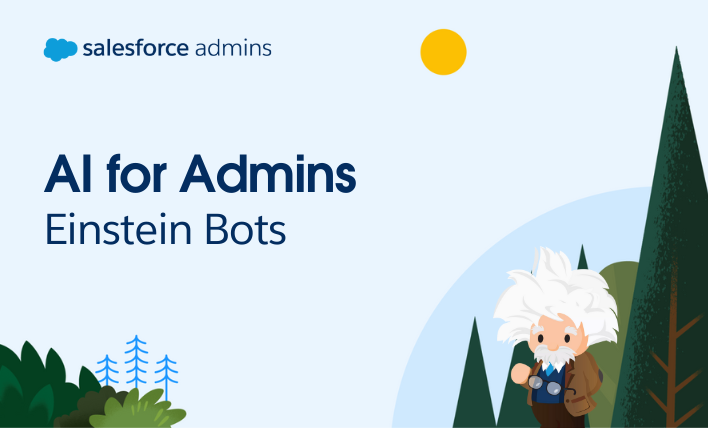Artificial intelligence (AI) is not a new concept to Salesforce or to Salesforce Admins. Over the years, Salesforce has empowered admins with a user-friendly interface for the setup and configuration of predictive AI features such as Opportunity Scoring, Lead Scoring, Einstein Bots, and more. The introduction of generative AI in Salesforce brings even more possibilities […]











